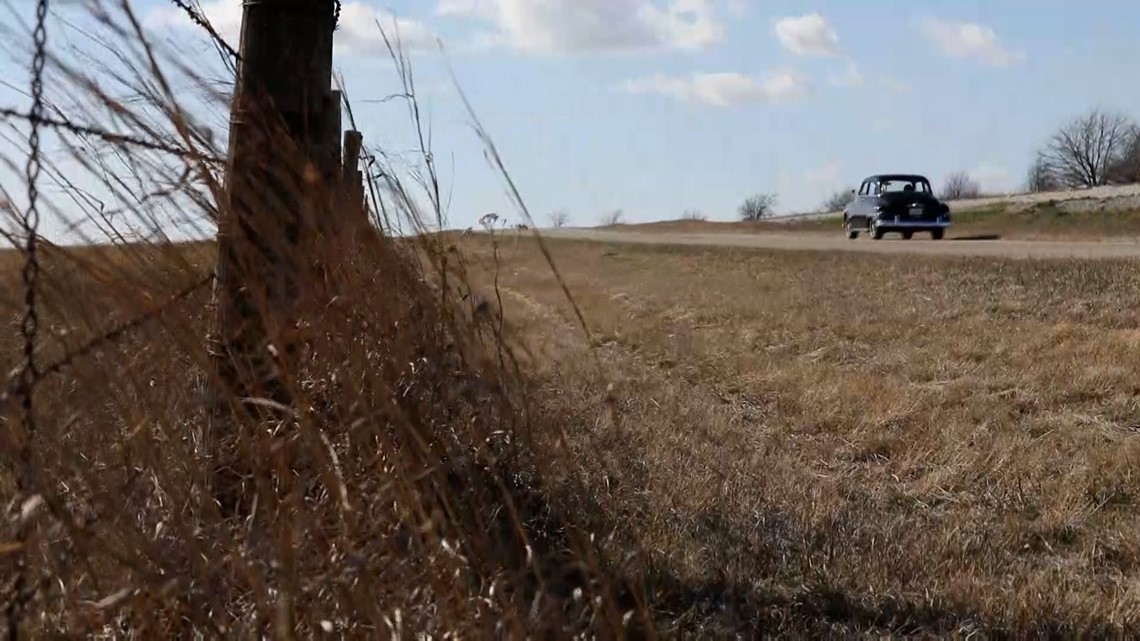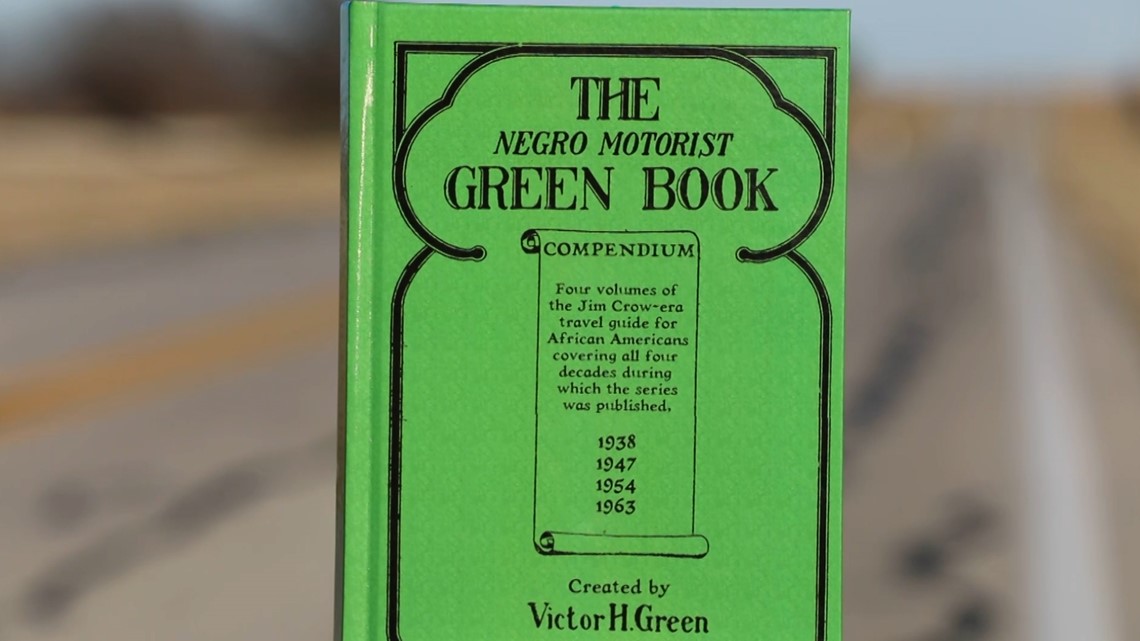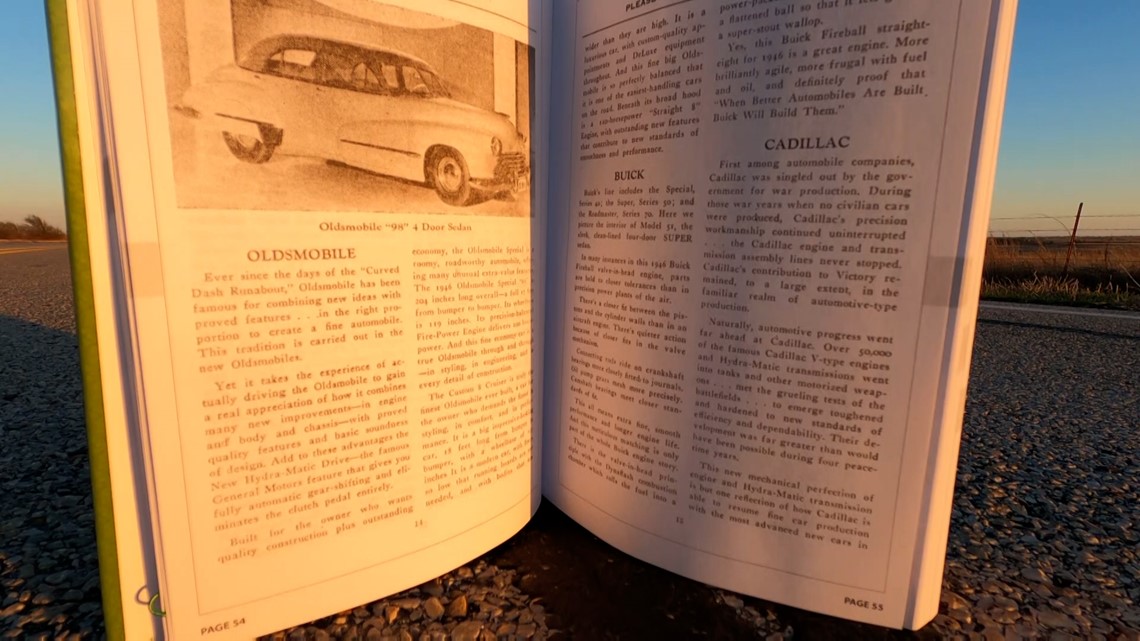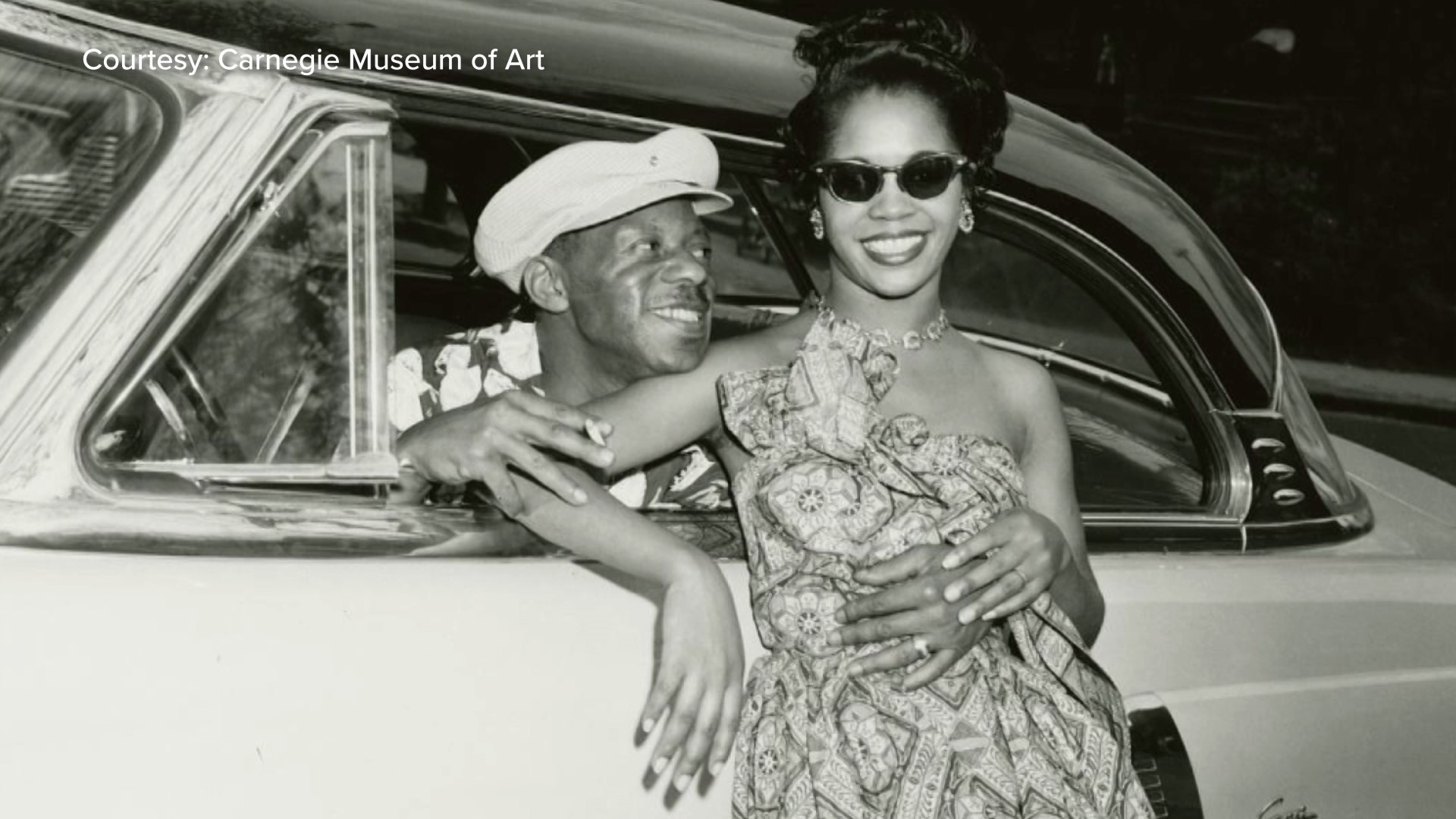DALLAS — For Black motorists, if there is one thing that has withstood the test of time, it’s the dangers of driving while Black.
“There is a continuity in history, and when you look at this through a contemporary lens, African Americans still need to be on guard when we travel across the United States," said Brent Leggs, the director of the African American Cultural Heritage Action Fund.
During the height of segregation in this country, Blacks who could afford to purchase an automobile did so for various reasons.
“Owning a car not only reflected a sense of pride, but it represented freedom," Leggs said.
"They took away the humiliation of having to sit in the back of the bus or get on those filthy Negro railroad cars," said Gretchen Sorin, Ph.D., a professor of museum studies who wrote "Driving While Black."
But that freedom and new mobility came with the dangers of driving on the highways and byways in a country that left Black motorists driving with a heightened sense of awareness.


But ironically, there were a group of whites actually in favor of Blacks driving — that is, as long as they were willing to do so while occupying a servicing job.
“You could be a truck driver, a chauffeur…Some men would keep a chauffeur’s cap on the seat next to them, so that if they were stopped by the police, they would put on that chauffeur’s cap and pretend that they were the chauffeur for a white man instead of being the owner of the car," Sorin said.
But the American Dream of car ownership called for desperate measures that early Black travelers became accustomed to.
“[Some people would take] an old ice-cream bucket and use that as a makeshift bathroom because they were afraid to stop at public accommodations," Legg said.
But change was on the way.
In 1936, Victor Green, a postal worker from Harlem, N.Y., decided to start taking notes as to where Black travelers were welcome. Those notes became a publication soon known as “The Negro Motorist Green Book.”


“It was the Bible of Black travel. In essence, it was like the Yellow Book," Leggs said. “Hair salons and barber shops, motels, restaurants, pretty much any Black business wanted to advertise" in the guide, Leggs said.
One gas station brand was accomodating to Black travelers.
“The Green Book lasted because they had the support of Standard Oil," Sorin said. “Esso allowed Black people to use their bathrooms and that was the reason why people always bought Esso gas."
Even professional sports teams, looking for a safe-haven for “select" team members, also found good use of the Green Book.
“They tried to make sure they would go to places where they knew they would be welcome, and over time they developed this circuit of people, Black and white that would help support them, said Ray Doswell of the Negro League Baseball Museum.
But some boarding stops even caught ballplayers by surprise.
Major League Baseball Hall-of-Famer and former Rangers pitcher, Fergie Jenkins, recalls his early days in the minor leagues.
“We got dropped off first and then the white players got taken downtown," Jenkins said.
“Around front, you could see it was a funeral parlor," he said of one place he stayed. "Basically the bodies were in the basement, the second floor is where the caskets are, and on the upper level is the bedrooms, and that’s where we stayed.”


Oh, and if that wasn’t shocking enough, Jenkins related this story:
“In Tampa, Fla., we stayed at a brothel. All these girls were just standing on the block. Right away you’re intelligent to know these are ladies of the night or the streets. I wasn’t making any money to buy anything anyhow so I just went to my room," Jenkins said with a laugh.
Landing in a safe space at the end of a day of travel was advisable. At any cost, Black travelers avoided "sundown" towns, nicknamed not because of their majestic sunsets, but because of their racist and violent attitudes toward Black travelers after dark.
"You could go through the town during the day, you could be a chauffeur, a cook or a maid in the town, but by 6 o'clock, when sundown was coming, you better be out of that town, or you could be subject to violence," Sorin said.
The Green Book does shine a national spotlight on the hardships that African American travelers had to overcome. Rightfully so, it should be remembered as "the story of Black resilience, and activism and entrepreneurship," Leggs said.
"The legacy of the Green Book -- Victor Green says he hopes that one day his book won’t be needed, and then it will be successful," Sorin said. “The Green Book is no longer needed. Or is it? I think that is the conundrum for us today: do we need a modern-day Green Book?"

